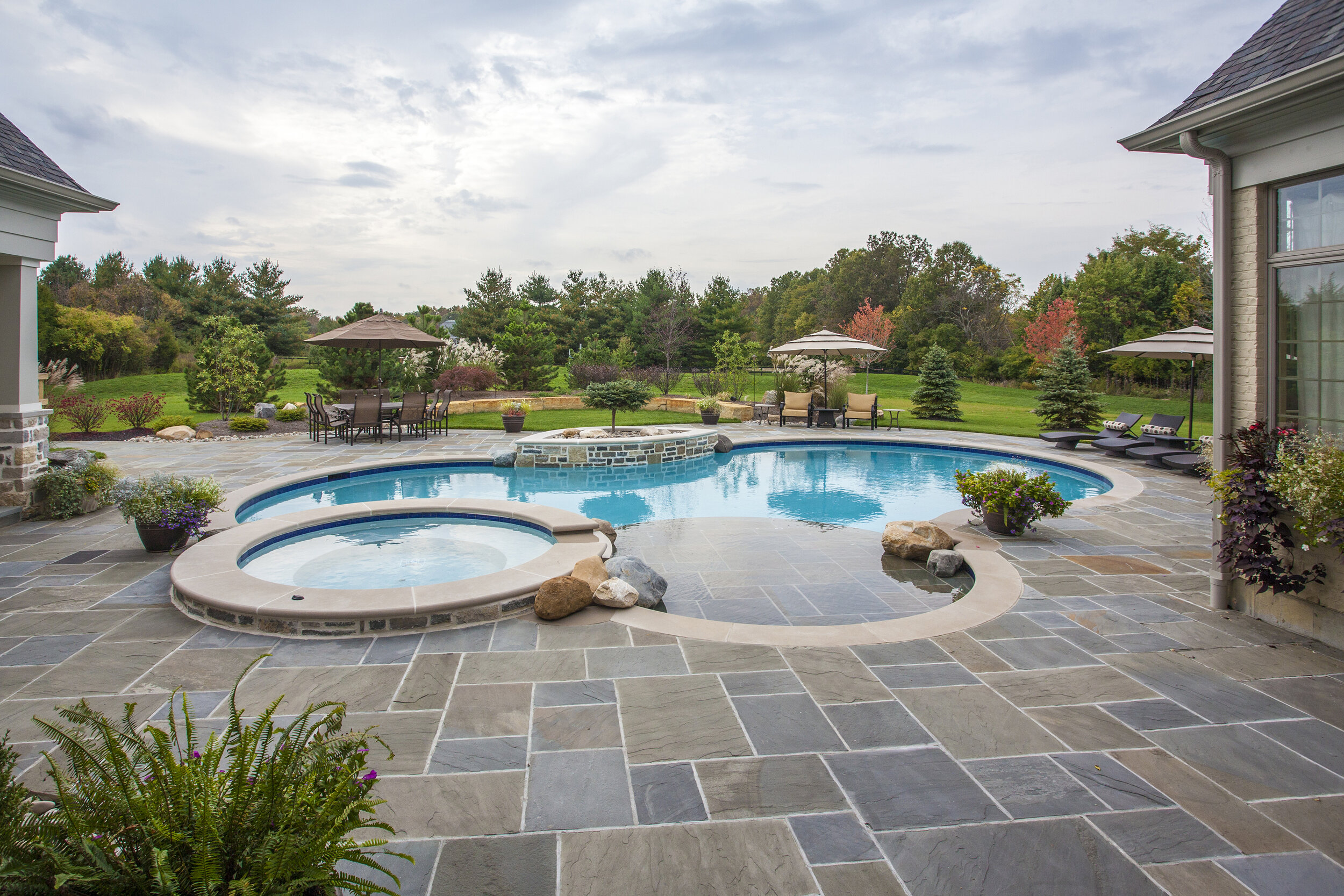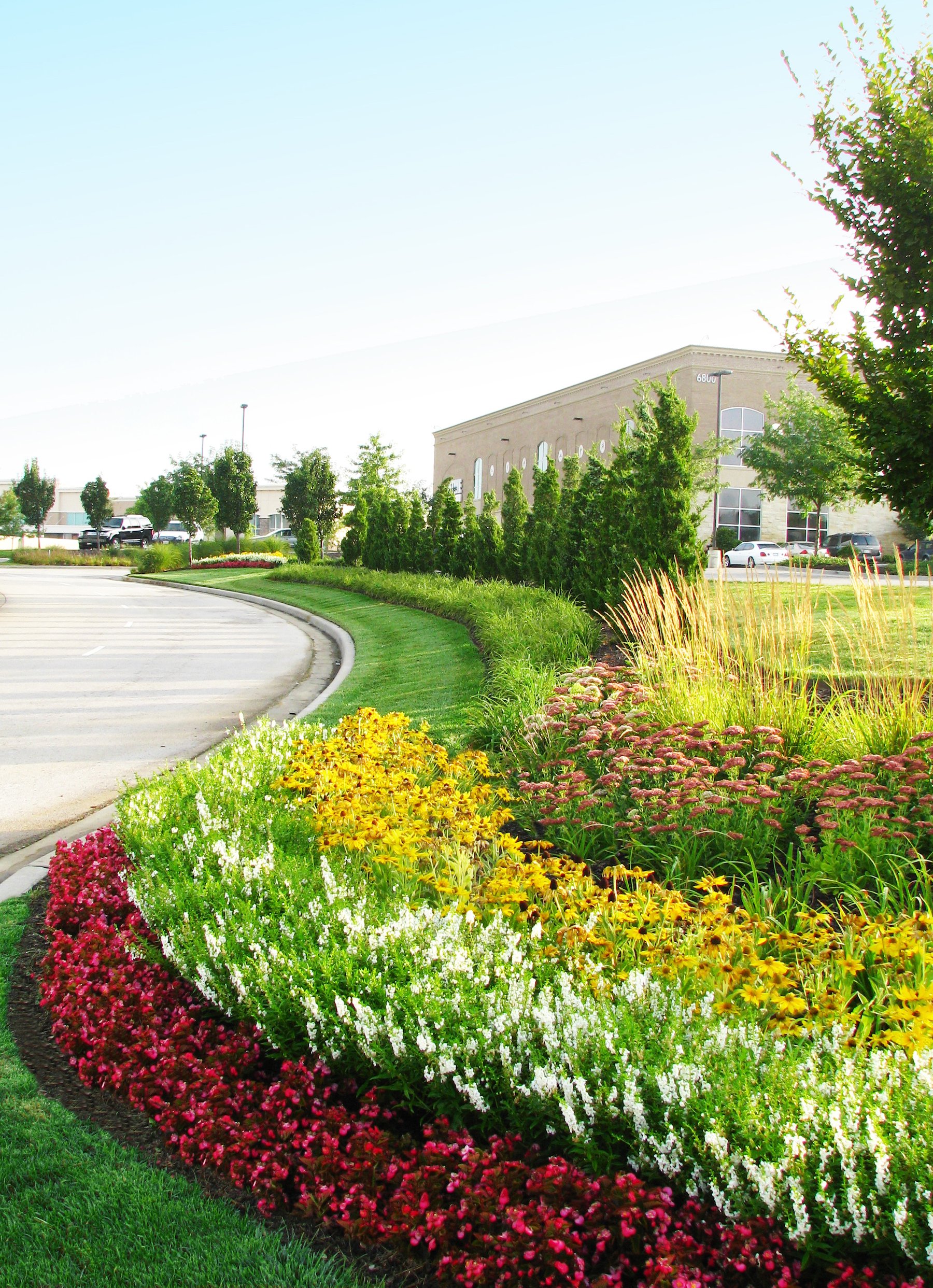Revamp Your Home's Exterior with Specialist Landscape Layouts and Maintenance
Revamp Your Home's Exterior with Specialist Landscape Layouts and Maintenance
Blog Article
The Importance of Understanding Different Sorts Of Landscape Design for Your Garden
Understanding the various types of landscape design is a vital element in crafting a garden that not only mirrors individual preference yet likewise fulfills ecological demands. Each landscaping style-- be it formal, cottage, sustainable, or city-- provides distinct advantages that can dramatically influence the total health and wellness and looks of your exterior space. This understanding is critical in promoting biodiversity and enhancing source use. Nonetheless, the implications of these selections expand beyond simple visual appeals, questioning about exactly how each kind can be integrated effectively into your particular setting. What factors to consider should lead your option?
Benefits of Landscape Design Understanding
Understanding the principles of landscaping supplies many advantages for both newbie and seasoned garden enthusiasts alike. A strong understanding of landscaping concepts enables people to create practical and aesthetically attractive exterior areas that straighten with their personal choices and the specific features of their gardens.
One substantial benefit is boosted environmental wellness. Knowledge of sustainable techniques and native plants enables garden enthusiasts to cultivate ecological communities that promote biodiversity while lessening the need for chemical plant foods and pesticides. In addition, understanding soil kinds and drainage can result in much healthier plant growth and decreased erosion.
Landscape design understanding also improves the visual worth of a property. By finding out about design components such as scale, structure, and shade, garden enthusiasts can create cohesive and inviting landscapes that enhance aesthetic allure. This not just elevates personal satisfaction yet can also enhance building worth.
Furthermore, educated garden enthusiasts can conserve time and sources. Recognizing the right plants for particular conditions, such as light and moisture levels, ensures that efforts are not thrown away on inappropriate choices. Ultimately, an extensive understanding of landscaping equips individuals to make informed decisions, cultivating an extra gratifying horticulture experience.
Introduction of Landscaping Types
Landscaping incorporates a variety of approaches and designs, each tailored to meet the unique needs and choices of gardeners. Understanding these varied types is essential for creating an exterior room that lines up with private tastes and environmental considerations.
One preferred type is traditional landscaping, characterized by organized designs, distinct flowerbeds, and the use of symmetrical plantings. This design frequently highlights a sense of order and harmony within the garden - Commercial Landscaping. On the other hand, naturalistic landscape design concentrates on imitating the charm of nature, making use of natural forms and indigenous plants to create an extra unwinded and casual atmosphere
Lasting landscaping has actually acquired grip, advertising green practices that preserve water and reduce chemical usage. This approach commonly incorporates xeriscaping, which utilizes drought-resistant plants ideal for dry climates. Furthermore, city landscaping addresses the difficulties of minimal space in city atmospheres, often using vertical gardens and rooftop areas to make the most of plant.
Official Landscaping Described
Defined by its meticulous layout and structured aspects, formal landscape design creates an ambience of beauty and class in exterior rooms. This style emphasizes balance, geometric shapes, and well-defined lines, commonly including manicured hedges, topiaries, and orderly flower beds. The overall impact is a refined and refined atmosphere that accentuates building functions and enhances the elegance of the surrounding landscape.
In official landscaping, pathways are generally straight and may be lined with uniform materials such as brick or stone. These courses often result in centerpieces such as fountains, statues, or ornamental check my site trees, further enhancing the structured nature of the layout. Shade palettes tend to be much more limited, focusing on unified mixes that advertise a tranquil environment.
Water features in formal landscapes are usually designed with precision, often looking like circular or rectangular swimming pools. The careful positioning of plants is critical, with types selected for their ability to keep a clean appearance throughout the periods. On the whole, formal landscape design is ideal for those that value order and beauty, providing a classic aesthetic that can considerably elevate the worth and charm of outdoor rooms.
Home Garden Features
Cottage yards often stimulate a feeling of appeal and fancifulness, blending a range of plants in a seemingly slipshod yet unified arrangement. Defined by their lush, informal format, these gardens commonly feature an eclectic mix of blooming perennials, annuals, herbs, and vegetables. This diverse growing not just creates visual passion yet likewise attracts helpful pests and promotes a balanced environment.
A vital characteristic of cottage gardens is their use standard products and frameworks. Stone paths, rustic secure fencing, and wood trellises are commonly incorporated to boost the garden's quaint appeal. Furthermore, the addition of seating locations, such as arbors or benches, encourages relaxation within this web tranquil atmosphere.
Shade plays a significant role in cottage gardens, with an emphasis on soft pastels and dynamic colors that stimulate a feeling of fond memories. Blossoms like hollyhocks, foxgloves, and roses are staples, often intermingled with great smelling natural herbs such as lavender and thyme.
Home yards show an approach of accepting nature's changability, leading to a distinct and inviting room. By prioritizing biodiversity and visual charm, they create a stunning setup for both garden enthusiasts and casual viewers alike.
Sustainable Landscape Design Practices
Integrating sustainable landscaping methods is crucial for creating eco friendly gardens that prosper while reducing their eco-friendly effect. Landscapers Las Vegas. Lasting landscaping concentrates on the effective use sources, promoting biodiversity, and improving the natural atmosphere
One key technique is choosing native plants, which are well-adapted to regional problems and require less water, plant food, and pesticides. This not only conserves resources but also supports neighborhood wildlife, consisting of pollinators. Applying water-efficient watering systems, such as drip irrigation or rainwater harvesting, further conserves water while making certain that plants obtain appropriate wetness.

Moreover, decreasing over here yard areas and integrating hardscaping aspects can minimize upkeep and source use. These techniques promote an even more lasting landscape that calls for fewer inputs and offers eco-friendly advantages. By accepting these techniques, gardeners can create spaces that are not only lovely however additionally contribute positively to the environment, promoting a harmonious equilibrium in between nature and human task.

Conclusion
In conclusion, a comprehensive understanding of various landscape design kinds is necessary for producing a visually pleasing and ecologically sustainable yard. Each design, from formal to cottage yards and sustainable practices, offers one-of-a-kind advantages that improve biodiversity and resource efficiency. This expertise assists in notified decisions that add to the health and wellness of both the garden and its surrounding community. Ultimately, embracing varied landscaping approaches cultivates a harmonious partnership in between outdoor rooms and their atmospheres, promoting lasting environmental balance.
Comprehending the various types of landscaping is a crucial part in crafting a yard that not just reflects individual preference but additionally meets environmental demands. Each landscaping style-- be it official, cottage, sustainable, or metropolitan-- gives distinct benefits that can significantly influence the general wellness and looks of your exterior space. In contrast, naturalistic landscape design concentrates on imitating the appeal of nature, making use of natural kinds and indigenous plants to create a more unwinded and casual setting.
In addition, city landscaping addresses the obstacles of restricted area in city atmospheres, frequently using vertical gardens and rooftop spaces to make best use of greenery.
In conclusion, a detailed understanding of different landscaping types is necessary for developing a cosmetically pleasing and environmentally sustainable garden. (Las Vegas Landscaping)
Report this page